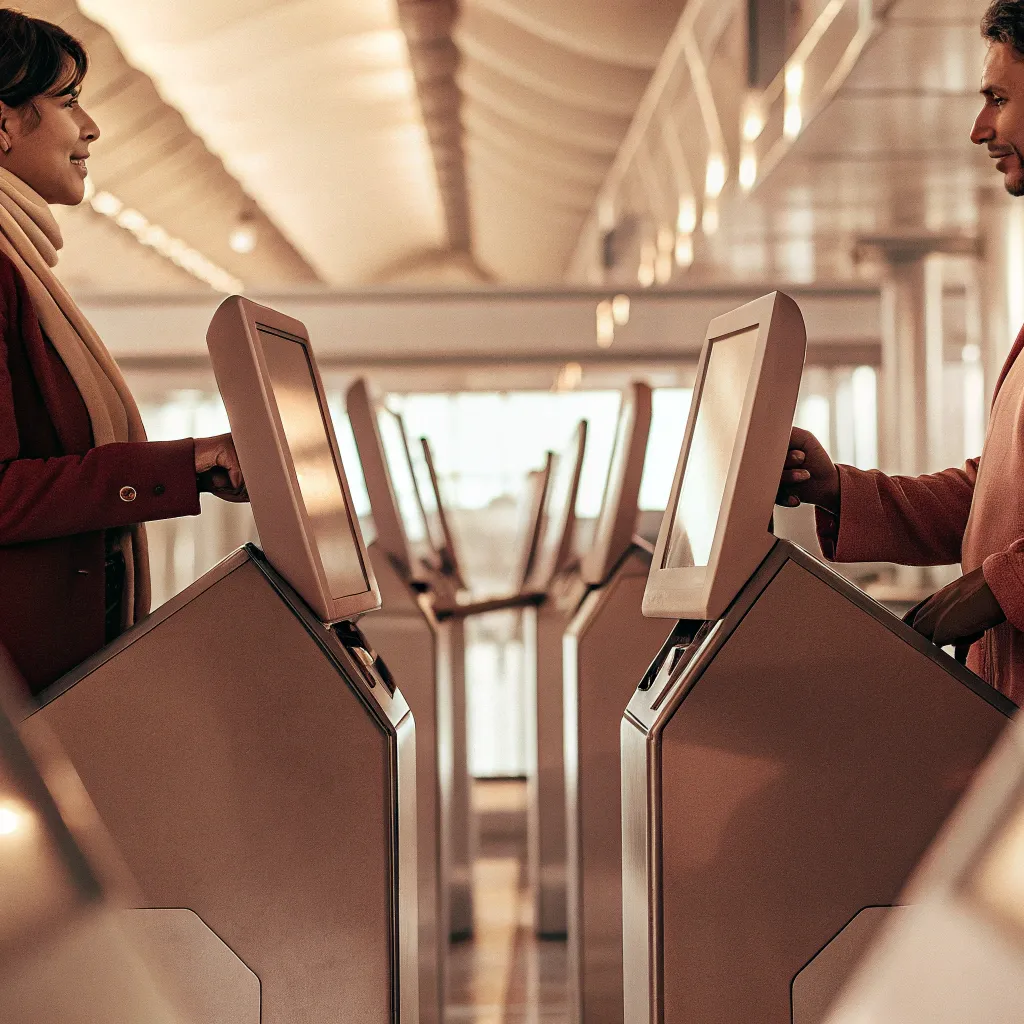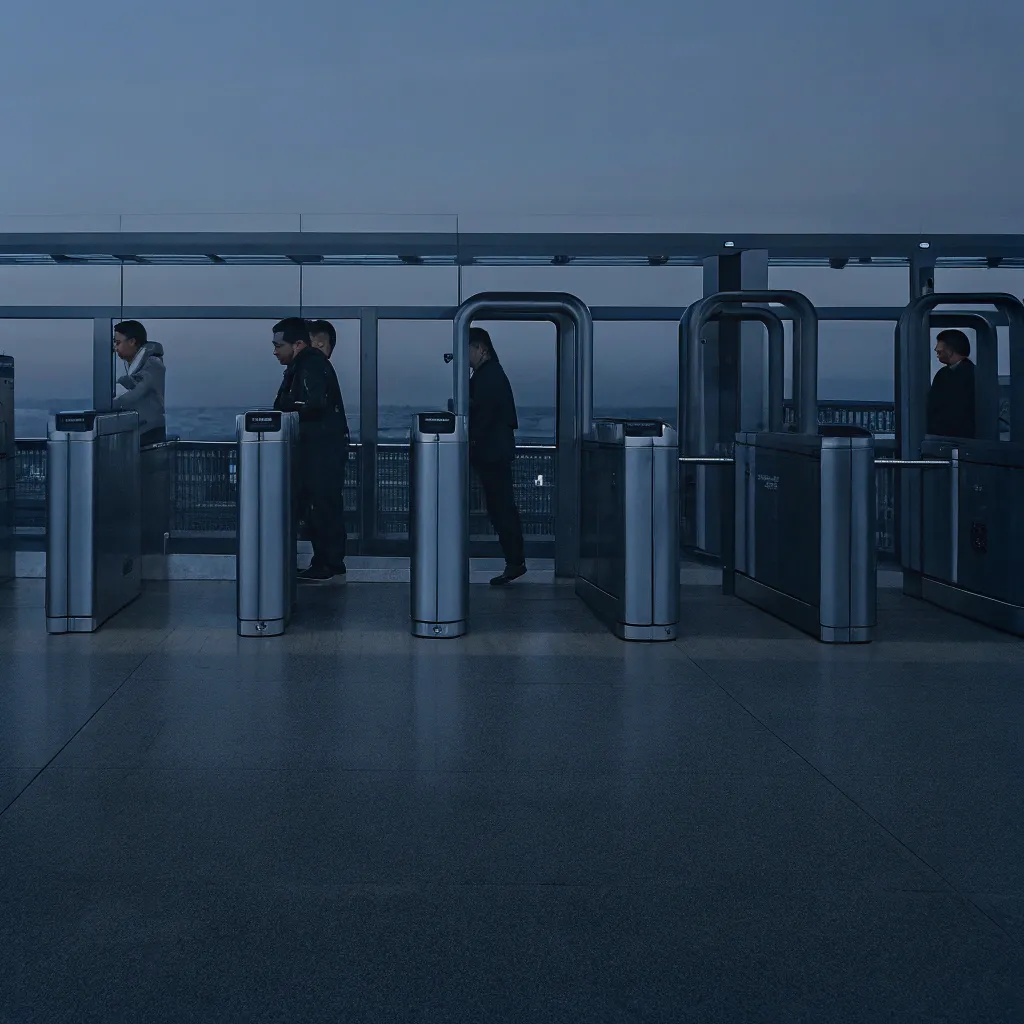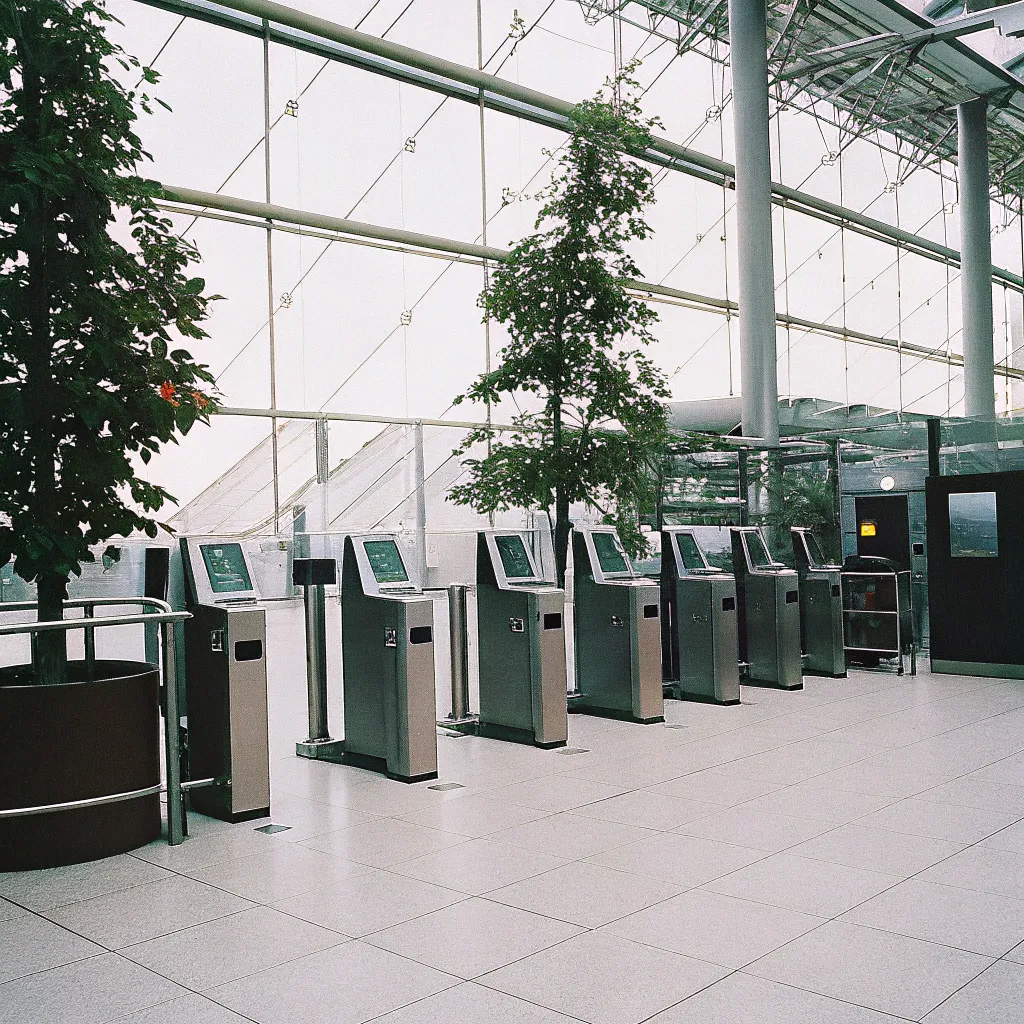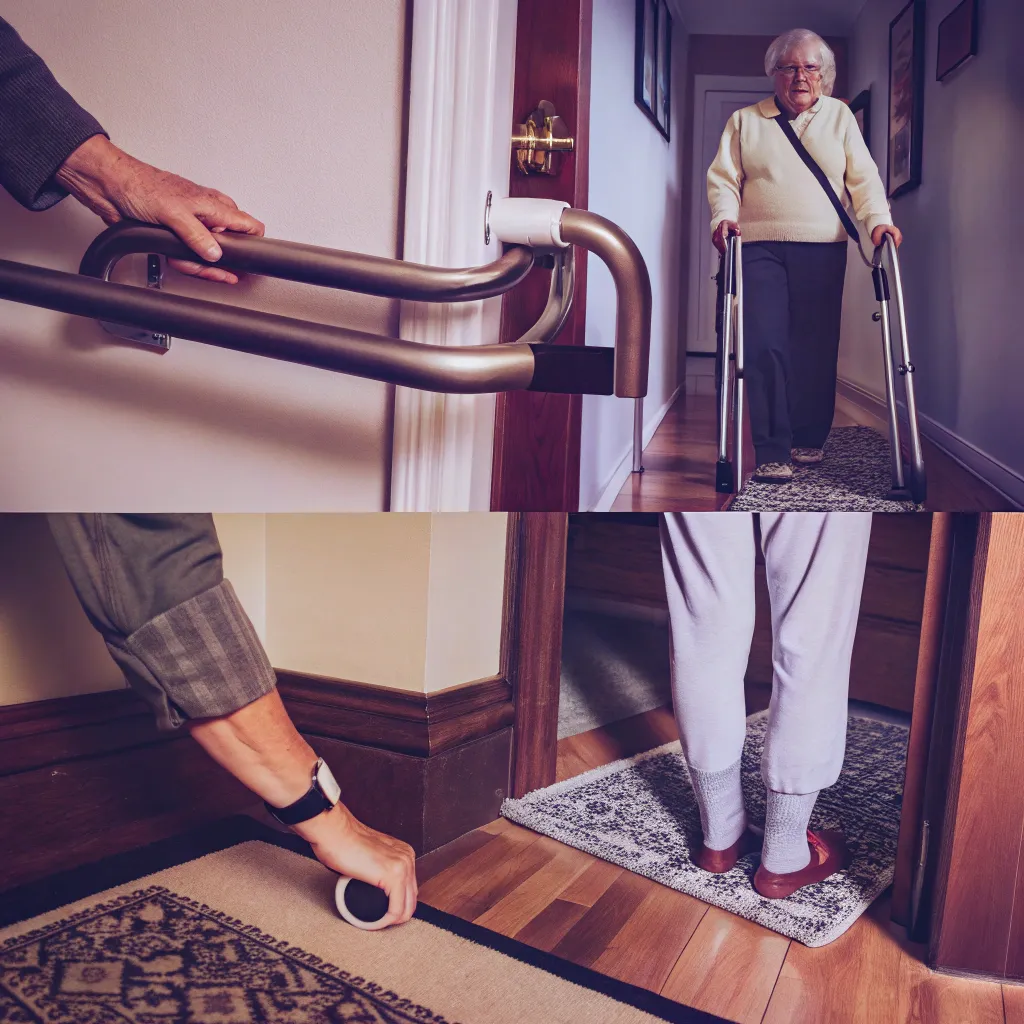The frustration of long airport queues, fumbling for documents, and repeated identity checks might soon be a thing of the past. As airports worldwide grapple with increasing passenger volumes and security demands, biometric technology is emerging as the game-changer that could transform our travel experience from stressful to seamless.
How Biometrics Are Revolutionizing Airport Check-In
Remember when self-check-in kiosks felt innovative? That was just the beginning. Today's biometric systems use unique physical characteristics—like your face, fingerprints, or iris patterns—to verify your identity in seconds, without the need for physical documents at every touchpoint.
"Biometric verification systems streamline the process by reducing reliance on traditional documentation," notes a recent Forbes article examining travel friction reduction. This shift isn't just about convenience; it's creating a fundamental change in how we move through airports.
At some forward-thinking airports, passengers can already experience this transformation. Walk up to a biometric gate, look into a camera, and proceed—no boarding pass or passport needed. The system matches your biometric data against your stored profile and flight information almost instantly.

The Technology Behind the Transformation
The magic happens through a combination of:
- Facial recognition algorithms that can identify travelers with remarkable accuracy
- Secure databases that store biometric templates (not actual images)
- Integration systems connecting airline, airport, and border control databases
IDEMIA, a leader in identity technologies, describes this as "automated passenger identity verification with biometrics" that can handle verification processes throughout the entire airport journey. Their systems are already operational in several major international hubs.
Benefits Beyond Speed and Convenience
While cutting down wait times is the most obvious advantage, biometric check-in offers several other significant benefits:

Enhanced Security
Counterintuitively, faster doesn't mean less secure. Biometric identification is actually more reliable than manual document checks. Humans can make mistakes when comparing passport photos to faces or may miss fraudulent documents. Biometric systems compare thousands of data points with consistent accuracy.
"This increase in speed and convenience will come with increased security since biometrics are significantly harder to forge than traditional IDs," explains Aware, a biometric solution provider.
Operational Efficiency
Airlines and airports benefit tremendously from biometric adoption. With faster passenger processing, they can optimize staff allocation, reduce congestion, and potentially handle more flights with existing infrastructure.
A 2021 report from the World Travel & Tourism Council highlighted how biometrics enable "dynamic passenger screening," allowing resources to be allocated based on real-time needs rather than static queuing systems.

What's Holding Us Back?
If biometric check-in is so promising, why isn't it universal yet? A few significant challenges remain:
Integration Complexity
Many airports operate with legacy systems that aren't easily compatible with new biometric technology. Companies like Collins Aerospace are working to bridge this gap by "helping airports and airlines incorporate biometrics into their existing infrastructure – kiosks, gates and bag-drop units," according to Passenger Terminal Today.
Privacy Concerns
Perhaps the biggest hurdle is addressing legitimate privacy concerns. Many travelers wonder: Where is my biometric data stored? Who has access to it? How long is it kept?
The WTTC's Global Guidelines for Safe & Seamless Traveller Journey emphasizes the need for "future planning to support and allow the adoption of biometrics" with proper privacy safeguards. Successful implementation requires transparent policies that give travelers control over their biometric information.
When Will Biometric Check-In Become Standard?
Many industry experts believe we're approaching a tipping point. With major hubs like Dubai, Singapore, and Atlanta already implementing extensive biometric systems, and positive passenger feedback rolling in, the momentum is building.
The COVID-19 pandemic actually accelerated adoption, as contactless processes became not just convenient but necessary for public health. This push, combined with improving technology and decreasing costs, suggests that within 5-10 years, biometric check-in could be the norm rather than the exception at major airports worldwide.
For travelers, the future looks promising: walk into the airport, glance at a camera, and proceed directly to security—all while enjoying enhanced safety and spending less time in queues. The seamless airport journey, once a distant dream, is rapidly becoming reality.






